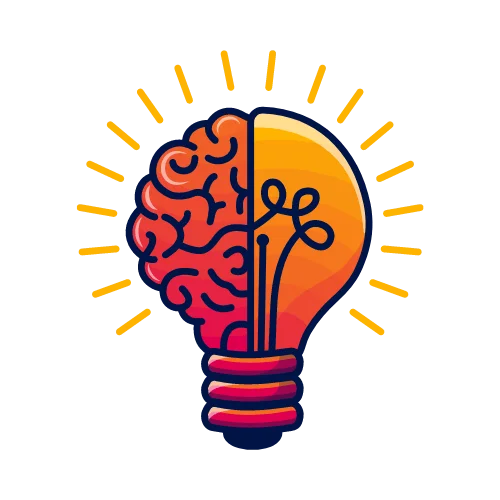“Which skills should I start learning now to stay ahead as a cloud developer in the future?” “भविष्य में एक क्लाउड डेवेलपर के रूप में आगे रहने के लिए मुझे अभी कौन-कौन सी स्किल्स सीखनी चाहिए?”
“Which skills should I start learning now to stay ahead as a cloud developer in the future?”
“भविष्य में एक क्लाउड डेवेलपर के रूप में आगे रहने के लिए मुझे अभी कौन-कौन सी स्किल्स सीखनी चाहिए?”
Read less

Skills to Learn Now to Stay Ahead as a Future-Ready Cloud Developer 1. Deep Cloud Platform Expertise Master at least one major cloud provider:Focus on platforms like AWS, Microsoft Azure, or Google Cloud Platform (GCP). Gain proficiency in core services: Compute (EC2, Azure VMs, Compute Engine) StorRead more
Skills to Learn Now to Stay Ahead as a Future-Ready Cloud Developer
1. Deep Cloud Platform Expertise
Master at least one major cloud provider:
Focus on platforms like AWS, Microsoft Azure, or Google Cloud Platform (GCP). Gain proficiency in core services:
Compute (EC2, Azure VMs, Compute Engine)
Storage (S3, Azure Blob, Cloud Storage)
Networking (VPC, Load Balancers)
Security (IAM, KMS)
Serverless (AWS Lambda, Azure Functions)
Learn multi-cloud strategies:
Understand how to architect and manage applications across multiple cloud platforms to avoid vendor lock-in and improve resilience.
2. Infrastructure as Code (IaC)
Learn tools like Terraform, AWS CloudFormation, Azure ARM Templates, or Pulumi to automate cloud infrastructure deployment.
IaC enables repeatability, consistency, and scalability — a must-have for efficient cloud operations.
3. Containerization and Orchestration
Master Docker for containerizing applications.
Dive deep into Kubernetes — the de facto standard for container orchestration.
Learn Helm Charts for Kubernetes application packaging.
Understand service meshes (e.g., Istio) and cloud-native patterns.
4. DevOps and CI/CD Pipelines
Learn to build automated CI/CD pipelines with tools like Jenkins, GitLab CI, GitHub Actions, Azure DevOps.
Understand continuous integration, continuous delivery, and continuous deployment principles.
Familiarize yourself with monitoring tools like Prometheus, Grafana, and logging with ELK Stack.
5. Serverless Architectures
Explore serverless computing to build highly scalable, cost-effective applications.
Get hands-on with AWS Lambda, Azure Functions, and Google Cloud Functions.
Understand event-driven architectures and microservices patterns.
6. Cloud Security Best Practices
Study cloud security fundamentals — identity and access management (IAM), encryption, secure networking, compliance (e.g., GDPR, HIPAA).
Learn about Zero Trust Architecture and how to implement it in cloud environments.
Practice using security tools and services like AWS GuardDuty, Azure Security Center.
7. Cloud-Native Application Development
Understand how to design cloud-native apps optimized for scalability, availability, and resilience.
Learn about 12-factor app methodology, microservices, API gateways, and service discovery.
8. Data Engineering and AI/ML Integration
Cloud developers increasingly need skills in data pipelines, ETL, and analytics.
Learn cloud data services: AWS Glue, BigQuery, Azure Data Factory.
Explore how to integrate AI/ML services like AWS SageMaker, Azure ML, or Google AI Platform into your applications.
9. Programming and Scripting
Be proficient in languages commonly used in cloud environments such as Python, Go, JavaScript/TypeScript, or Java.
Automate workflows using shell scripting or Python scripts.
10. Soft Skills and Business Acumen
Develop strong problem-solving and communication skills.
Understand business needs and translate them into technical solutions.
Stay adaptable, curious, and ready to learn new technologies quickly.
Bonus: Emerging Trends to Watch
Edge Computing: Learn how cloud extends to the edge, including IoT integration.
GitOps: Automating infrastructure and deployments via Git repositories.
Cloud Cost Management: Optimizing cloud spend with tools and strategies.
Quantum Computing in Cloud: Early but growing area in providers like AWS Braket.
Summary Table of Key Skills
Final Thought
The cloud landscape evolves rapidly, so continuous learning is vital. Building a strong foundation now with these skills will position you as a versatile, future-proof cloud developer ready to innovate and lead.
See less